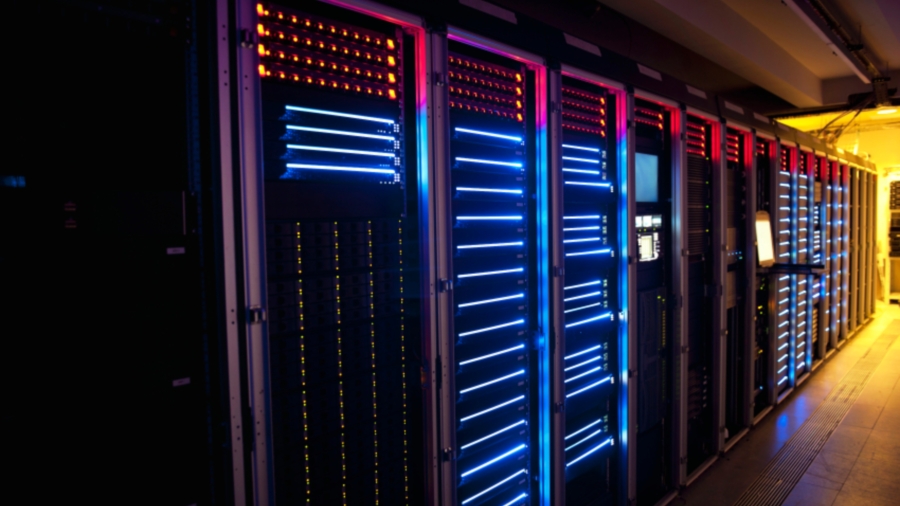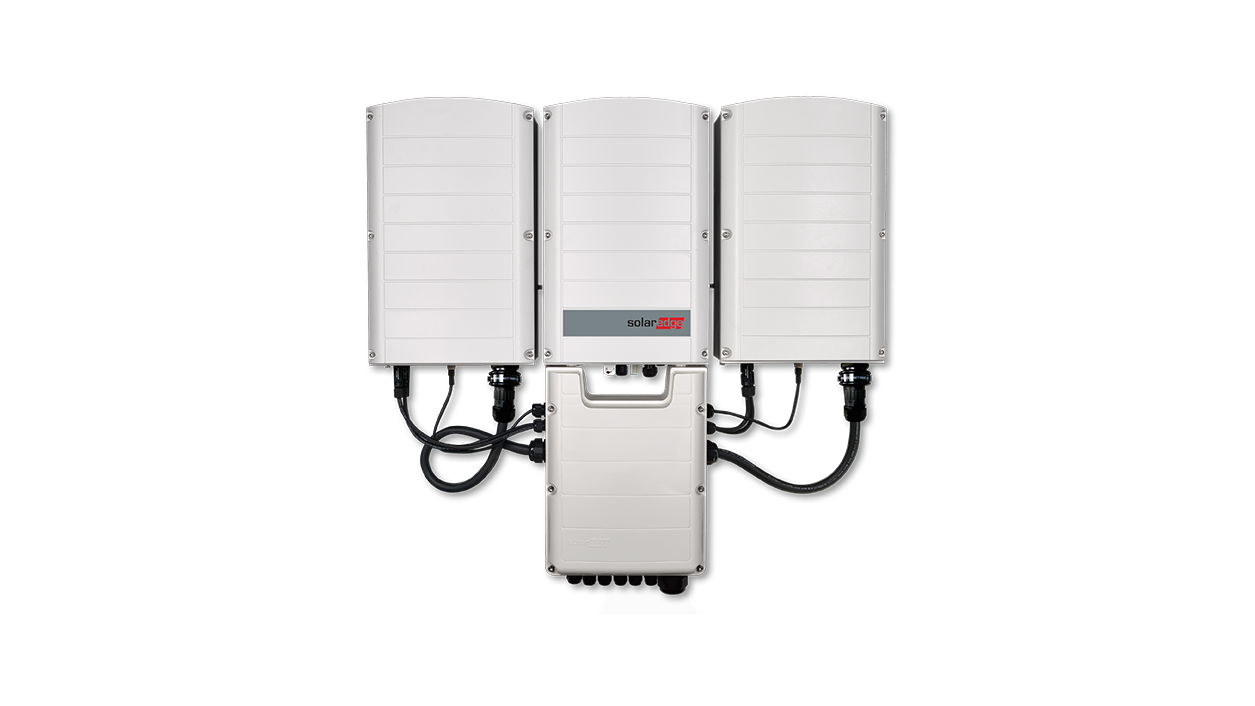Smart energy solutions provider SolarEdge has announced that it will lay off around 16 per cent of its global workforce.
The Milpitas, California-based company on Sunday laid out an extensive restructuring plan that includes workforce reduction “designed to reduce operating expenses and align its cost structure to current market dynamics”.
The cuts will impact approximately 900 employees, of which approximately 500 are from the company’s various manufacturing sites.
The company previously discontinued manufacturing in Mexico, reduced its manufacturing capacity in China and abandoned its light commercial vehicle e-mobility business.
SolarEdge said that further detail will be provided in the company’s end-of-year earnings release which is expected to be released by the end of February 2024.
In a statement, SolarEdge chief exec Zvi Lando said: “We have made a very difficult, but necessary decision to implement a workforce reduction and other cost-cutting measures in order to align our cost structure with the rapidly changing market dynamics.
“We remain confident in the long-term growth of the solar energy market and our leading position in the smart energy space. These changes do not impact our strategic direction and priorities and we remain committed to continue to drive the renewable energy transformation, while providing best in class technology and support to our customers.”
Latest News
-
Lloyds brings agentic AI to mobile app in ‘UK first’
-
Government invests £14m in quantum-based sensor development for healthcare, transport and defence
-
Topps Tiles rolls out task management platform across 297 stores
-
Mango partners with TextileGenesis to boost traceability across supply chain
-
Microsoft and G42 boost UAE AI developments with data centre expansion
-
New government measures address ‘major AI skills gap’ to unlock £400bn growth potential
The future-ready CFO: Driving strategic growth and innovation
This National Technology News webinar sponsored by Sage will explore how CFOs can leverage their unique blend of financial acumen, technological savvy, and strategic mindset to foster cross-functional collaboration and shape overall company direction. Attendees will gain insights into breaking down operational silos, aligning goals across departments like IT, operations, HR, and marketing, and utilising technology to enable real-time data sharing and visibility.
The corporate roadmap to payment excellence: Keeping pace with emerging trends to maximise growth opportunities
In today's rapidly evolving finance and accounting landscape, one of the biggest challenges organisations face is attracting and retaining top talent. As automation and AI revolutionise the profession, finance teams require new skillsets centred on analysis, collaboration, and strategic thinking to drive sustainable competitive advantage.
© 2019 Perspective Publishing Privacy & Cookies











Recent Stories